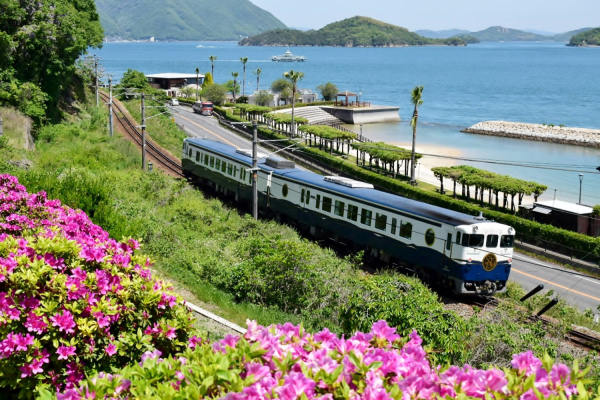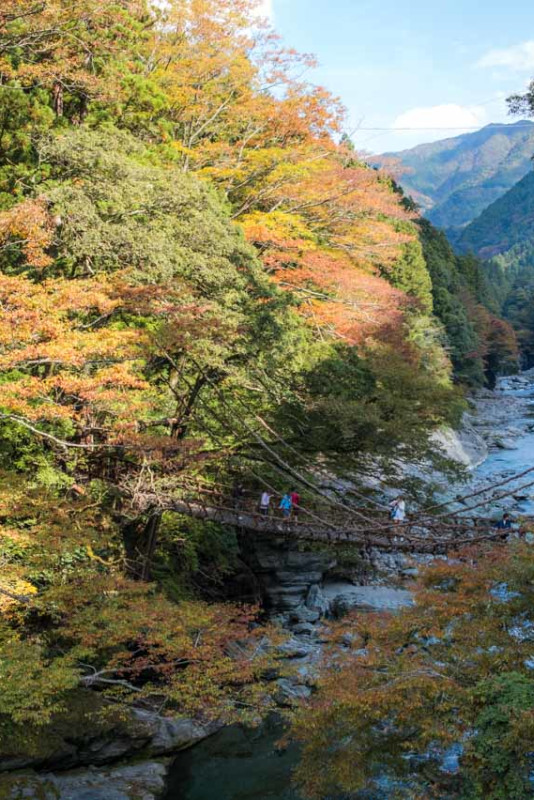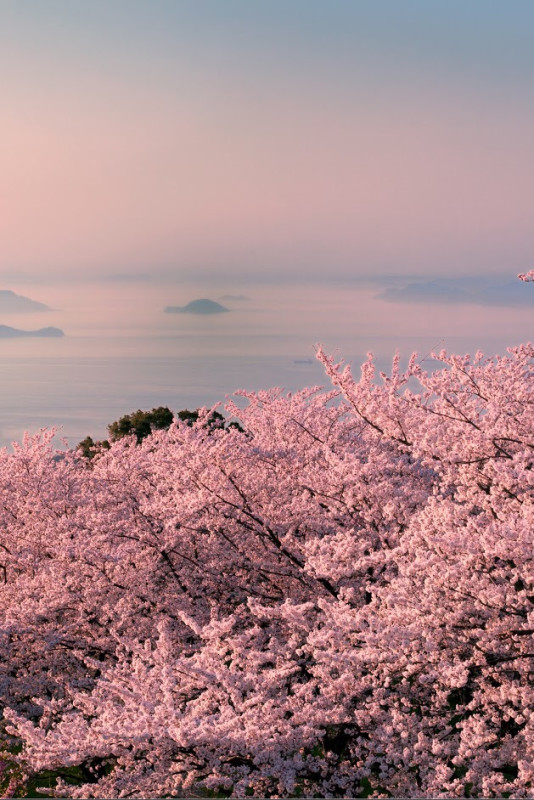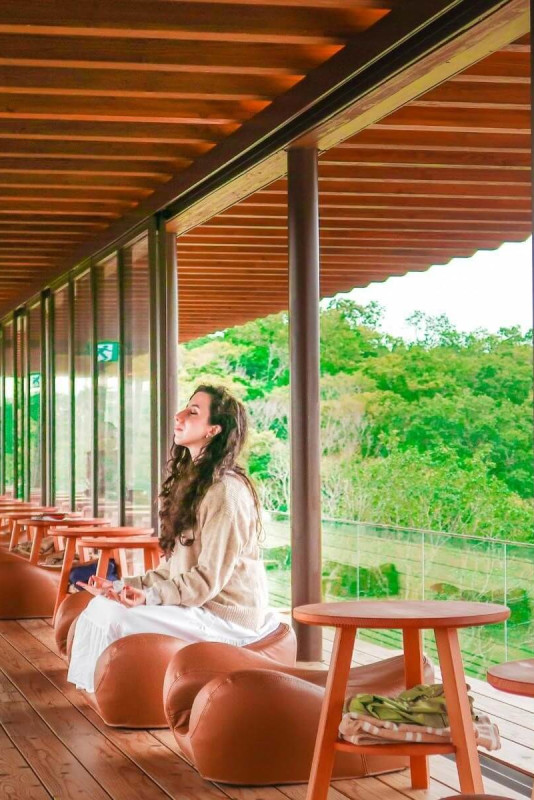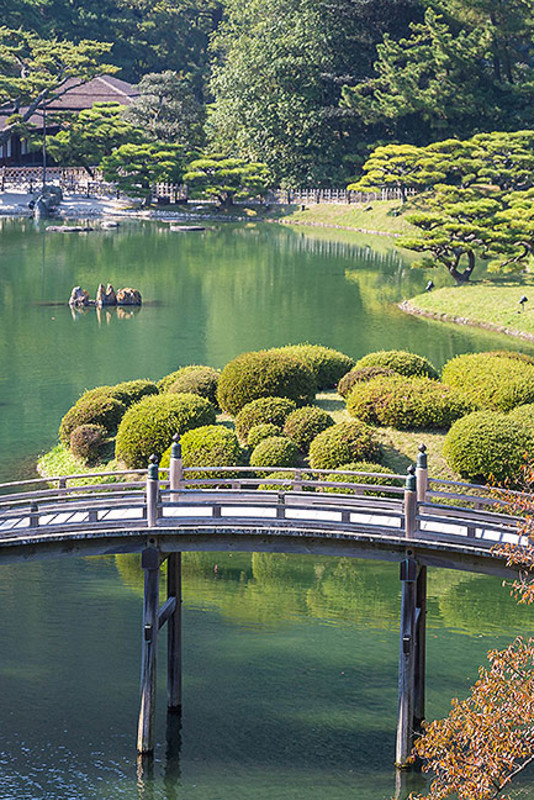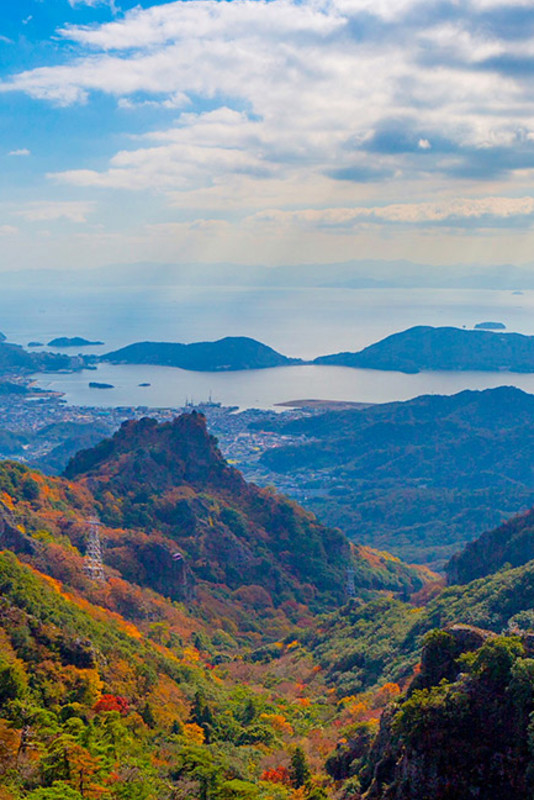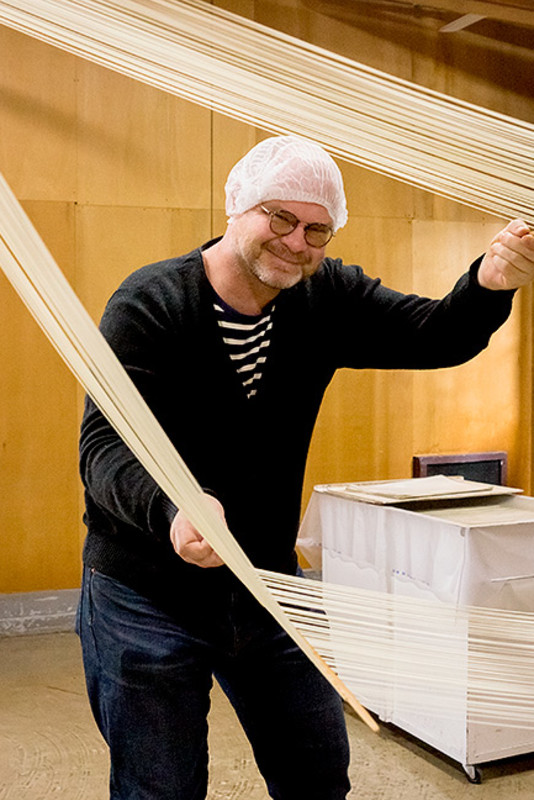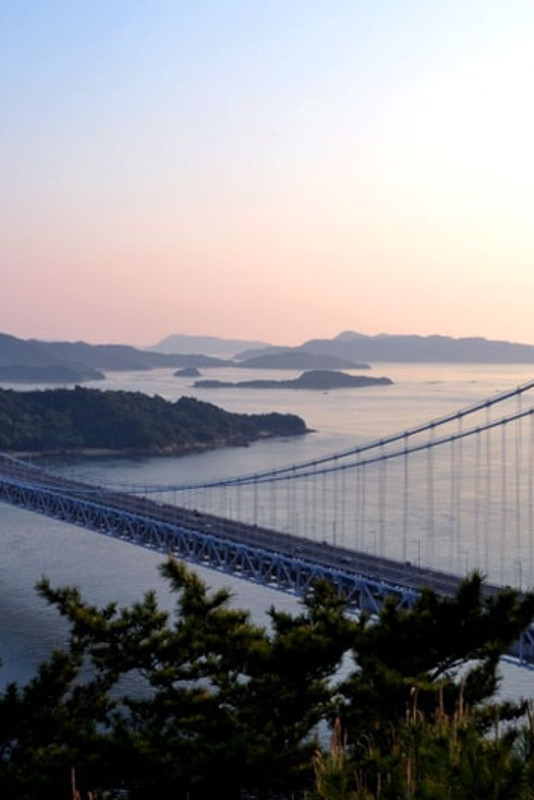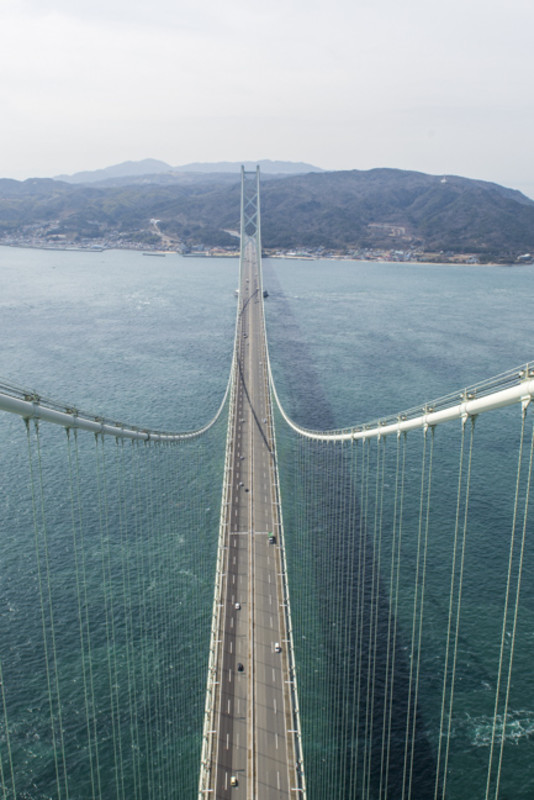Itineraries
Savouring the Spirituality of Setouchi
Highlights
Before & After
Zenbo Seinei is a 40 min drive by car from Kobe’s Sannomiya Station.
From Mt.Washuzan Observatory, it’s a 35 min drive back to Shin-Kurashiki Station, on the Sanyo Shinkansen Line.

Although Buddhism and Shintoism play a part in the life of Japanese, there isn't, it would be fair to say, any real strong adherence to mainstream religion here. That's not to say that Japanese don't identify as spiritual or have a love of nature and health and well-being. They do. Very much so.
In the prefectures of Hyogo, Kagawa, Tokushima, and Okayama you will find examples of Zen retreats and how Zen Buddhism runs as a subtle leitmotif through life in Japan. From meditation to its connection with wellness, you can enjoy activities and destinations which give you a sense of freedom, of peace and solace which reinvigorate you and bring you closer to your fellow humans and to the innumerable gods which make up the communities and prefectures of Japan.
With an abundance of shrines and observation points of the islands of Shikoku and the majestic Seto Inland Sea, gently guide yourself through these ancient and profoundly beautiful pockets of the country where you can reach out to be the person you want to be and an entity at one with your surroundings.
- Day 1
- Hyogo
Zen Experiences in Awaji Island
The story goes that Awaji Island was the first island created by the gods of Japan. It's no surprise, then, that this island nestled within the Seto Inland Sea area is regarded as mysterious, special and profoundly connected with spirituality. With shrines, temples and a recent boom in wellness retreats and courses Awaji Island is a must-visit destination and should be stamped on your travel itinerary.
Described by the organisers as "a place where you can experience zen," Zenbo Seinei is a Zen-inspired wellness retreat that offers health-focused cuisine, meditation, and yoga sessions, set to a backdrop of unrivalled views of the island.
The Zenbo Seinei wellness retreat is made from timber and was designed by acclaimed Japanese architect, Shigeru Ban.
It is situated in a verdant site in northern Awaji Island and served by a free shuttle bus from Iwaya Port.
Awaji Island offers other spiritual retreats and a plethora of temples and shrines in addition to some of the best hot springs Japan has to offer.
- Day 2
- Kagawa
Kotohira-gu Shrine
Zenbo Seinei to Kotohira-gu Shrine is about a 190-minute combined ferry and car ride.
Kagawa, although Japan's smallest prefecture, plays host to a great deal of the country's spirituality and is especially important as it is the location of the final stop on the legendary Shikoku Pilgrimage route or Shikoku Henro.
While acclaimed for udon noodles, Kagawa provides you with an opportunity to enjoy hiking, art, religion and theatre all in one contained location. Kotohira-gu Shrine, known affectionately as Konpira-san, is one of the most popular shrines in the prefecture and requires you to hike up its 785 steps to the main shrine or another 583 to the inner shrine area. Get your hiking boots at the ready, bring lots of water for the journey to the top and you will be suitably rewarded.
The shrine holds some culturally and historically significant artworks including 27 works from seminal Japanese painter Yuichi Takahashi. You will also find Homotsu-kan, a museum of precious treasures which was built in 1905. Due to the shrine's position on Mt. Zouzu, you have unrivalled views of the local area and beyond.
You feel, when you sit on the steps of this glorious shrine, that you are one with nature, the gods and with the idea that we are all interlinked in one big play of cosmic kismet.
- Day 3
- Tokushima
Iya Valley
From Kotohira-gu shrine, Iya Valley is about a 240-minute combined ferry and car ride.
Located deep in western Tokushima, the mountainous Iya Valley region is renowned for its steep mountain slopes, rocky gorges, traditional farmhouses, and historic vine bridges.
While its vine bridges, outdoor activities and hot springs are popular, don’t miss the rustic beauty of the thatch-roofed farmhouses nestled on the mountain side, like those at Ochiai Village, which can come alive during the autumn season.
Further to the west, you can also find the 300-year-old farmhouse of Chiiori that epitomises the feel of Japan’s traditional countryside. This restored and revitalised kominka, made possible by Japanologist Alex Kerr, is renowned for its masterful woodwork and thatched roof and provides a unique lodging experience.
- Day 4
- Okayama
Mt. Washuzan Observatory
From Iya Valley to Mt. Washuzan Observatory, it is about a 120-minute drive.
Feel the vastness and profundity of nature in all its glory at the Washuzan Observatory which is located near the peak of Mt. Washuzan in Okayama Prefecture, a location in Japan known for its beauty and stunning panoramas and vistas.
Part of the Setonaikai National Park and labelled as a National Place of Scenic Beauty, the observatory is ideal for a touch of respite and for the outrageously beautiful views especially as the sun sets or at night for the romantic in you.
When you look out from this spot, which lies 133 metres above sea level, you can appreciate the islands which make up Setouchi and the majestic area of water which was immortalised in Donald Richie's seminal travelogue The Inland Sea.
Another spot you can marvel at from this vantage point is the Seto Ohashi Bridge and, on clear days, the shores of Shikoku if you're lucky. It's no wonder, then, that the Washuzan Observatory is one of Japan's Best 100 Sunsets and loved and appreciated by those fortunate enough to visit it.






























